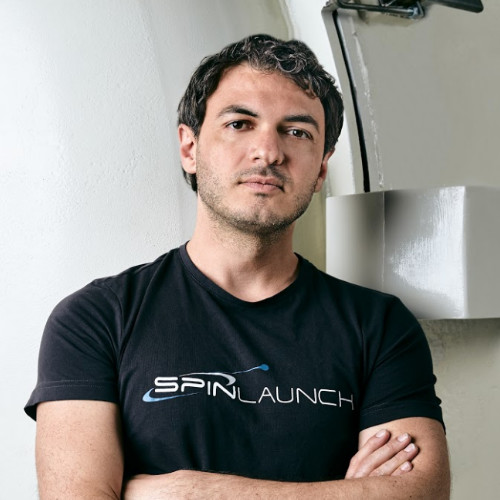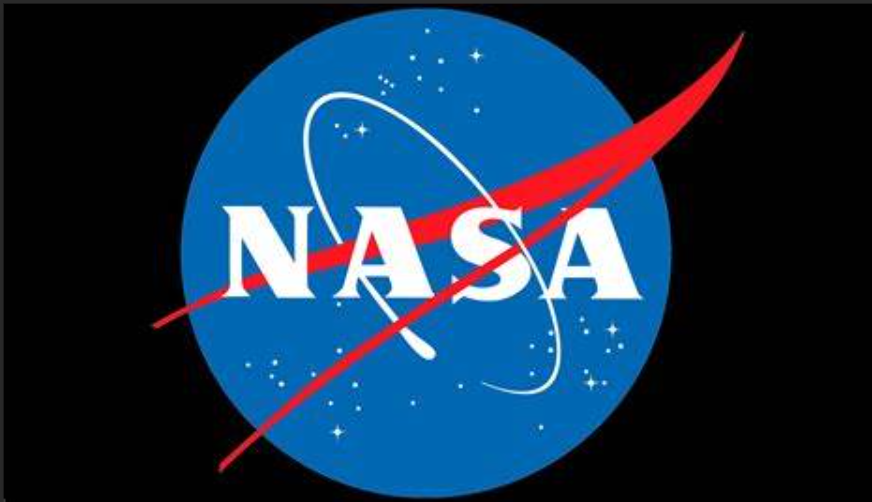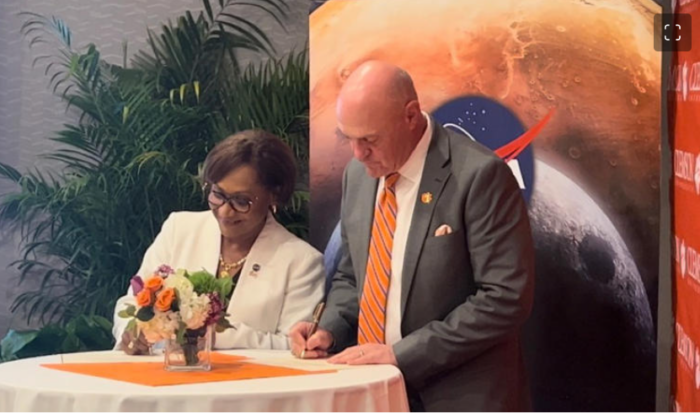The origins of rocket propulsion can be traced back to ancient China, where the earliest prototypes utilized gunpowder-driven fireworks. However, it was in the 20th century that trailblazers such as Konstantin Tsiolkovsky, Robert Goddard, and Hermann Oberth made groundbreaking contributions, establishing the fundamental principles that underpin contemporary rocket science.
The turning point came during World War II when German engineers developed the V-2 rocket, the world’s first long-range guided ballistic missile. After the war, these engineers and their knowledge were instrumental in kick-starting the space race between the United States and the Soviet Union.
In 1957, the USSR launched Sputnik 1, the first artificial satellite, heralding the space age. Since then, advancements in rocket propulsion have been rapid, from liquid-fueled engines like the Saturn V that took humans to the Moon to the development of reusable rockets by private companies like SpaceX.
However, in the future, there may be another way if SpinLaunch has its way.
Kinetic Launch System
Based in Long Beach, California and founded in 2014 by Jonathan Yaney, SpinLaunch has pioneered an innovative approach to accessing space. Utilizing an innovative kinetic launch system based on the Earth’s surface, it efficiently deploys constellations of small satellites into low Earth orbit, achieving significantly reduced costs and higher launch frequencies compared to traditional space launch providers.
Rather than relying on traditional chemical propellants, the company is engineering an electric-powered system. This groundbreaking approach employs a vacuum chamber with a rotating arm to progressively accelerate a payload vehicle. Upon reaching the desired velocity, the vehicle is released through a tube, propelling it towards space. At a specific altitude, the vehicle splits, and a secondary stage, powered by chemical propulsion, takes over, guiding the satellite to its intended destination in low Earth orbit (LEO).
With its innovative Orbital Accelerator, the company aims to launch satellites ranging from 20 kg (40 lb) to 200 kg (441 lb). This electric-driven system is projected to slash fuel consumption needed for reaching orbit by a factor of four, resulting in a remarkable tenfold reduction in launch expenses. Moreover, the company’s technology enables multiple daily launches, a capability absent in traditional chemical rocket launch facilities. SpinLaunch has successfully accelerated payloads up to 10,000 times the force of gravity using their 12-meter Lab Accelerator, showcasing the potential of their groundbreaking approach to space access.
Following this, the engineering team seamlessly incorporated identical payloads into a flight test vehicle, which underwent a launch in September 2022. The launch took place at Spaceport America in New Mexico, utilizing the company’s 33-meter Suborbital Accelerator. Notably, the vehicle achieved an altitude of 25,000 feet (7,620 meters) during the program’s tenth flight test.
To achieve orbital launches, SpinLaunch is actively working on the development of a substantial 100-meter Orbital Accelerator. While this ambitious project is underway, David Wrenn, Vice President of Technology at SpinLaunch, has reported substantial headway in the exploration and selection of suitable coastal launch locations.
Recently, the company’s founder Jonathan Yaney was interviewed by CBS News about SpinLaunch’s novel and exciting technology.
“This is essentially a sling launch system, which you know we were using to hunt with 50,000 years ago,” said Yaney. “It’s simply using modern materials and encased in a large vacuum chamber. It’s simply using modern materials and encased in a large vacuum chamber.”
Yaney added that once the tip velocity reaches the necessary threshold to transport a spacecraft into space, it is released, allowing it to traverse beyond the vacuum chamber, through the atmosphere, and into space in approximately 30 seconds.
“Process of Experimentation”
“All new forms of transportation usually seem kind of crazy, whether it’s a suspension bridge, a train, an aeroplane, you know, even the automobile, Yaney went on, “And we arrive at these new innovative methods through the process of experimentation.”
However, several factors raise doubts about the feasibility of this technology. These include concerns about large rotating structures, the risk of severe damage to the payload, incompatibility with conventional liquid rocket propellants, heightened atmospheric drag compared to current technologies, and various other potential issues associated with the concept, yet Yaney and his team believe that the “process of experimentation” with SpinLaunch’s kinetic launch system is an important step in improving outcomes in space launch technology.
Featured image: Jonathan Yaney. Credit: Jonathan Yaney
Share this article:








